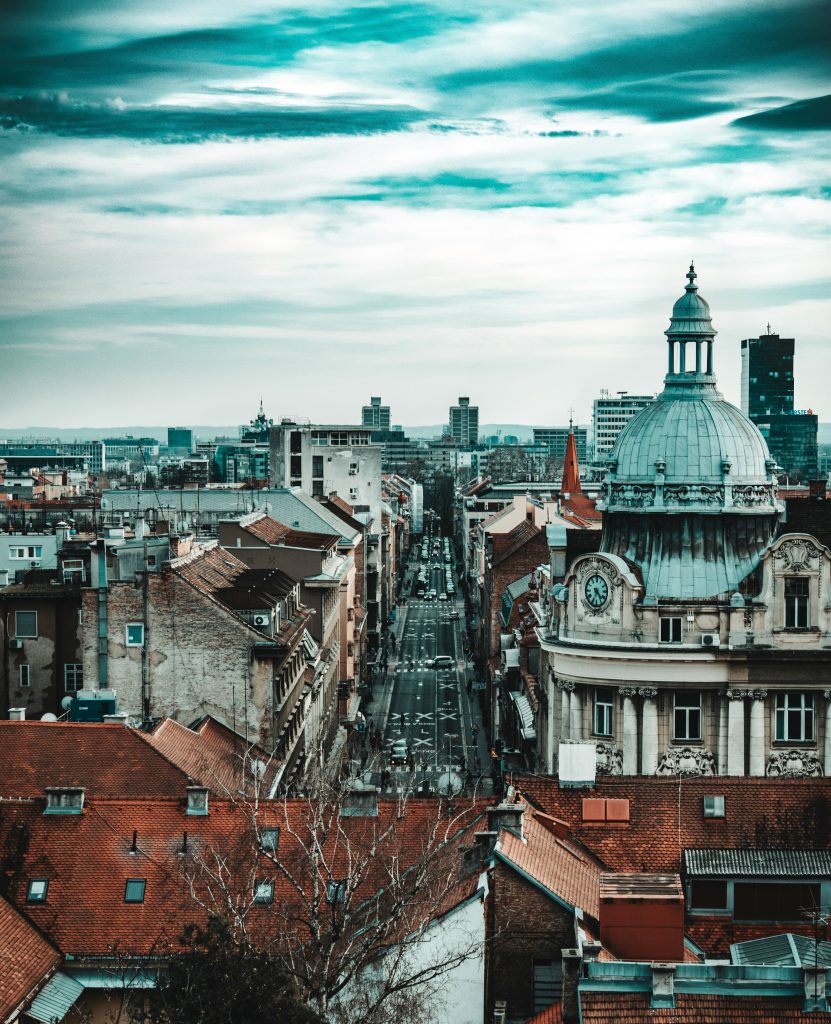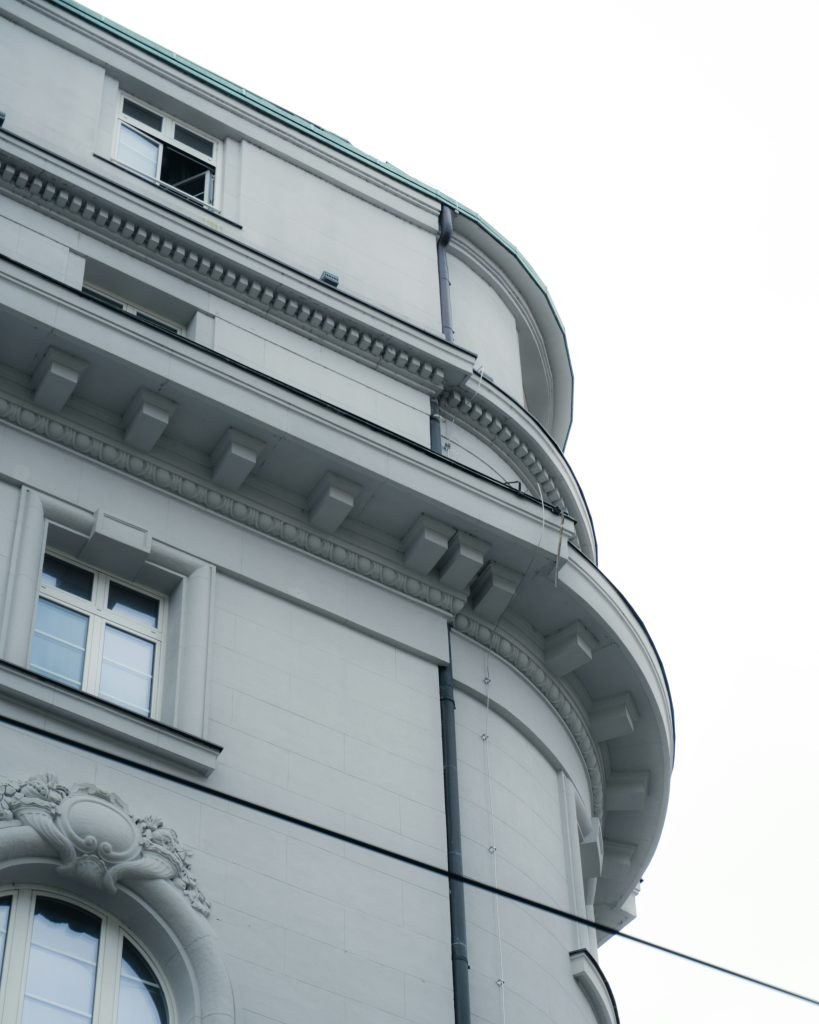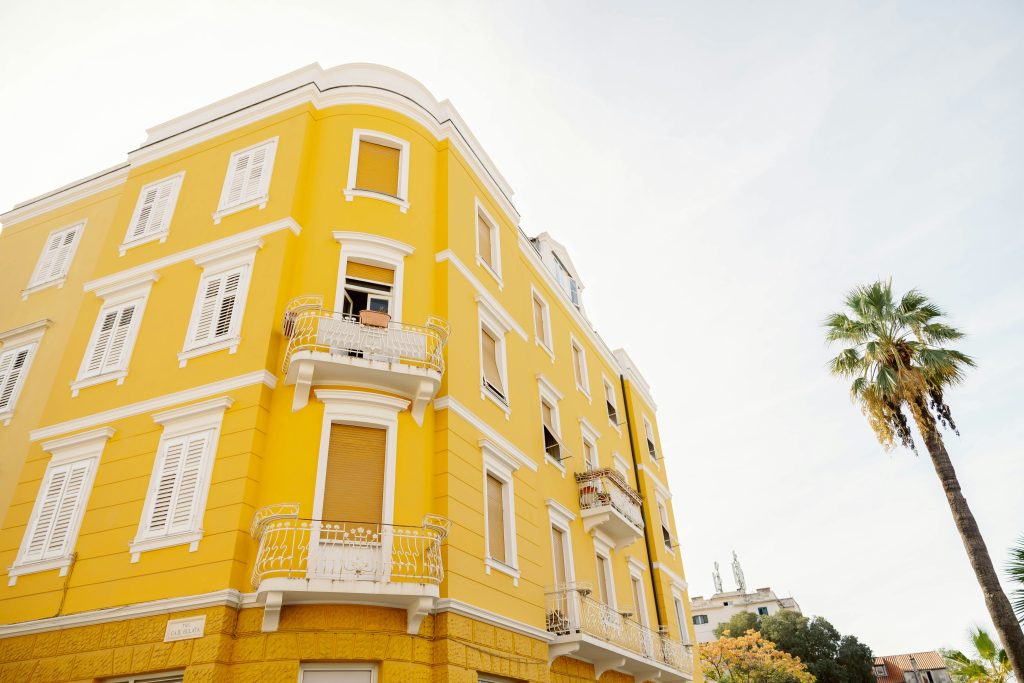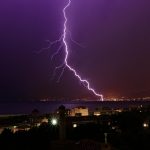March the 14th, 2024 – Croatian property prices have been the topic of a lot of conversation of late, with most sky-rocketing beyond belief. RBA analysts look into the pressing question of if these high prices will fall.
As Poslovni Dnevnik writes, data on the number of transactions and the prices of new apartments clearly (and finally) indicate a cooling of the Croatian property market. On the other hand, there’s still an enormous disparity between the requested and realised prices, according to a report from N1.
The Croatian property market ended with stagnation back at the end of 2024, as evidenced by the decline in the number of transactions completed, as well as the general slowdown in overall price growth.
According to data from the Tax Administration, 30,662 apartments were sold across the Republic of Croatia back in 2022, compared to 28,556 last year, which represents a decrease in turnover of 6.9 percent.
The decline in demand from foreign customers purchasing Croatian property was particularly emphasised. Last year, foreigners bought 3,183 residential properties, which is 25.7 percent less than back in 2022. They also bought less construction land and only four more business premises (a small increase from 58 to 62 in sold business premises).
The decline in the volume and overall number of transactions unequivocally shows the cooling of the Croatian property market after a long period of expansion. However, in contrast to several other European countries, there’s still no visible drop in prices on the Croatian property market to speak of.
According to data taken from the Central Bureau of Statistics (CBS), the average price per square metre of a new apartment in Croatia 2023 stood at 2,246 euros, representing a 2.7 percent increase compared to 2022.
On the biggest market, that of the City of Zagreb, the average price per square metre of a new apartment reached 2,684 euros last year, which is 4.1 percent more than it was the year before.
The advertised prices of used apartments have no relation to reality

When it comes to used apartments, there is still a large disparity between advertised and realised prices.
For example, for one square metre of a used apartment in Zagreb, an average of 2,987 euros is currently being demanded, which is 11 percent more than the realised average price of a new apartment.
The average difference between the requested and realised price on the Croatian property market stands at about 15 percent, and in the City of Zagreb, this disparity is greater than 20 percent.
This means that an apartment in Zagreb that is advertised for 200,000 euros ultimately reaches a price of 150 to 160 thousand euros. In the cooling phase of the market, characterised by a drop in demand, sellers are forced to adjust their expectations. When it comes to Croatia, this process takes a relatively long time, and it is made more difficult by the fact that there’s actually no transparent data on the realised prices of property which isn’t brand new.
Will there be a drop in prices on the Croatian property prices?

Realised apartment prices so far are resisting any sort of correction, despite the strong drop in demand. CNB analysts believe that a sharper drop in property prices shouldn’t currently be expected, even though the demand of foreigners for property across Croatia has fallen significantly.
Domestic demand is preventing any larger correction of the current housing prices, as it is still stable due to favourable macroeconomic conditions.
“The risk of a strong reversal in the residential real estate market is being mitigated by the robust labour market, income growth and relatively mild growth in interest rates on new housing loans,” CNB experts assessed.
According to their point of view, the foreign demand for residential real estate in this country decreased in particular, and the number of new housing loans decreased only moderately, with a stable increase in the amount of loans.











